You know how to use a computer, but how familiar are you with what's inside? Can you identify its individual parts? Do you know what each one does?
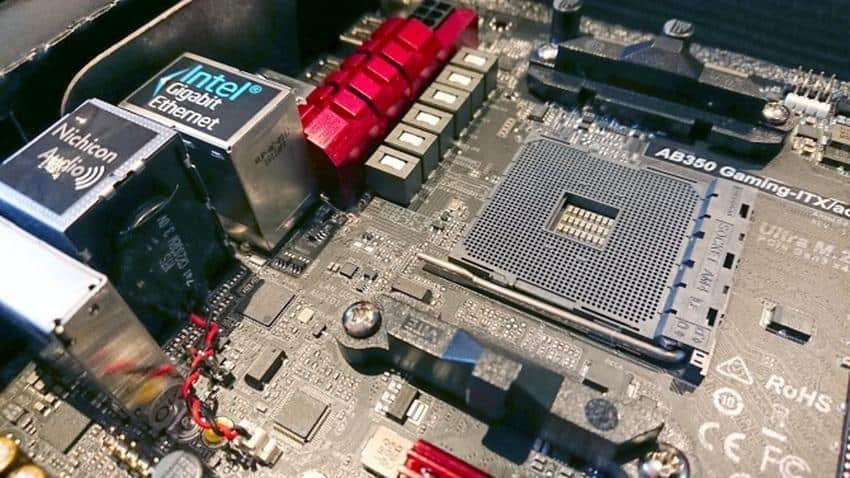
As complicated as the internal functions and components of a computer may seem, in fact, only a few pieces are needed for its existence. But what are these different parts of a computer? In this article we will show you how to identify the parts of your computer, by their name and know for what purpose each one exists.
Then we will show you how you can replace a defective part or just how to remove it and replace it with a higher technology one.
What are the key parts of a computer?
A computer is made up of several distinct components designed to work together. On a desktop computer, these components can be replaced relatively easily. Replacing them on a laptop is a difficult task and since this article is aimed at beginners, we would recommend that you give your laptop to skilled technicians to do what you want.
The difference in the ease of replacing a component on a desktop from a laptop is due to the dimensions of laptops, their power and cooling requirements and the lack of standardization.
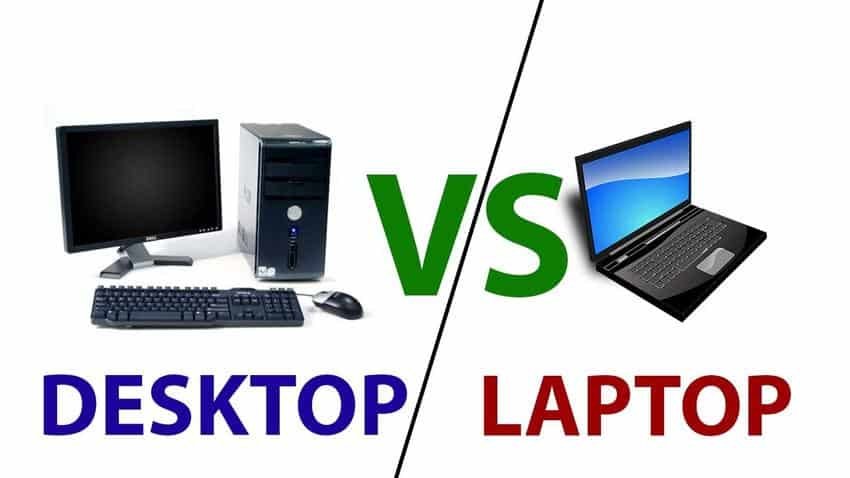
Fortunately, this is not a problem with desktops. Designed to live longer, desktops can be customized and upgraded to replace any or all of the components.
But what are these key components? Most computers have seven different parts:
- Motherboard (also known as "mainboard")
- Memory (RAM)
- Processor (CPU)
- Power supply unit (PSU)
- Storage device (eg hard disk)
- Removable storage drive (dvd drive or even USB)
- Chillers, fans
You will also find computers with two additional, optional components:
- Graphics card (also known as GPU or video card)
- Sound card (usually built-in, discrete cards are available for special users)
These parts are not necessary in most cases as the motherboard can be integrated and work just fine. However, the distinctive, exclusive cards offer improved processing and performance.
Understanding the parts of a computer
Below we will look at each of these places in more detail and where they are located. You will also have an idea of how to upgrade them. This will give you the information you need to replace it if you want.
Note that we are only looking at the basics of computer components. This article is not a comprehensive description of your computer interior, which may differ in some respects. When buying new parts, you need to know if they are compatible with everything else.
IMPORTANT: Before opening your computer with a screwdriver, turn it off and unplug it. Then, without power, press the button on-off so that the capacitors inside it discharge and all remaining internal currents are zeroed out. You should also use disposable plastic gloves because some of these parts can be damaged by static electricity from your hands.
Motherboard
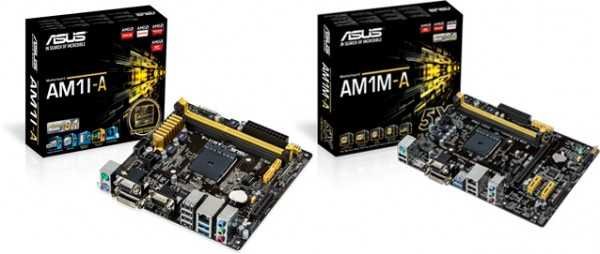
Your motherboard (also known as the mainboard or motherboard) is where all the components are connected. It is a large board and occupies almost the entire side of your computer.
It has slots for CPUs, RAM, storage devices, video and audio cards. If you are a beginner, I would not advise you to upgrade your motherboard yourself. Requires full compatibility not only with other components, but also with your computer case.
All the other components that we will mention below require you to disconnect them from the motherboard.
Random access memory (RAM)
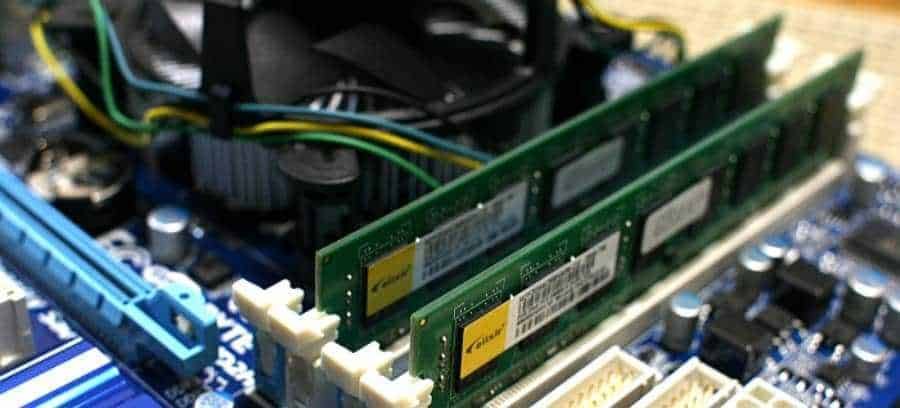
RAM is a cache and deals with the overall performance and speed of the system. RAM modules are long, narrow boards that connect directly and vertically to your motherboard. Your computer driver or motherboard manual will tell you how much RAM you can put in your system.
The RAM upgrade depends on the number of slots you have and the maximum size that each slot supports. Some computers require that you have the same amount of RAM in each slot. Check the computer manual to confirm this.
Replacing RAM is simple: unhook the RAM board by pushing the plastic shutters on either side of the board (sometimes there is only one at one end) and you will see the RAM lift slightly. Then gently pull it out. Thanks to an asymmetrical notch, the new RAM board you want to insert will fit into your motherboard socket in only one way. Once you have found the right orientation, place it in the slot and push it vertically, firmly and relatively gently, with both hands, so that it fully enters the slot and the side plastic brackets lock in place. Check that it can not come out. You're done.
Central Processing Unit (CPU)
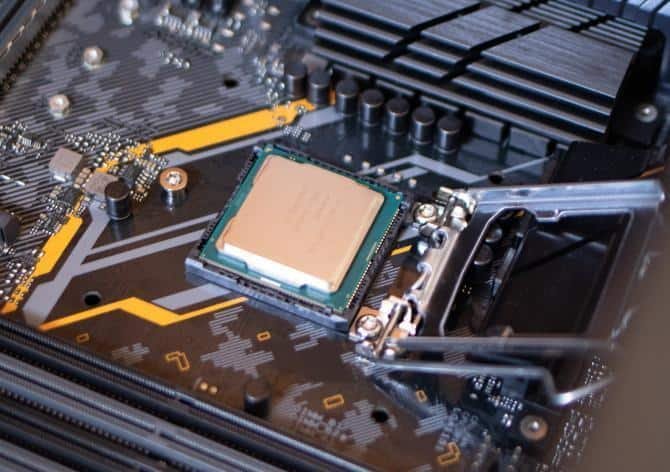
If a computer were a person, the CPU would be the brain. It is the most important part of a computer. The CPU processes data, does calculations and controls most of the other stuff.
CPUs are usually square or rectangular in shape and sit on the motherboard in a special slot. It is important to know that these slots are often specific to specific generations of CPUs. They are also specific to one of the CPU manufacturers (AMD or Intel).
Once mounted on the motherboard, a CPU needs to be cooled with a cooling unit, usually a heatsink and a fan. However, other PC cooling solutions are available, such as water or other refrigerants.
Like the motherboard, if you are a beginner it is not right to upgrade the CPU yourself. In most cases, upgrading the CPU will require a new motherboard, along with a new one system fan brush and maybe and other components and materials.
Power supply unit (PSU)
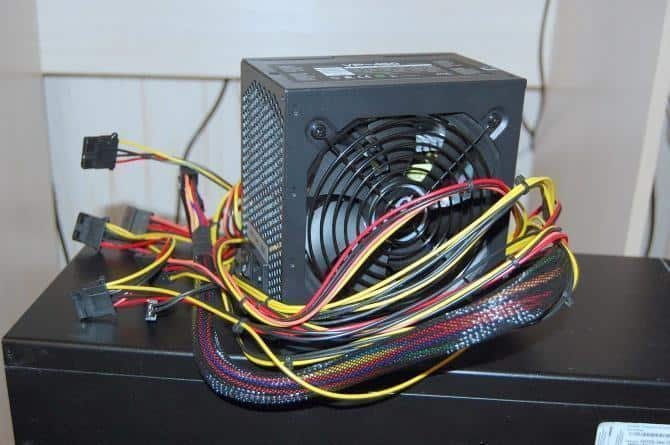
The power supply unit or power adapter is responsible for powering the computer and is usually located on the back of the PC case. A look at the back of your computer will show you where the cable that goes out of your home outlet is connected. This is the power supply. Usually there is an on-off switch on the PSU, in addition to the main switch on the front of the computer.
PSUs power the motherboard and CPU via special cables. SATA power cables power everything on the computer. PSUs are rated based on the amount of power they provide (eg 600 watts).
It is important that your computer is properly powered. If it does not get the right current, the individual components will not work properly and the system will soon fail.
To upgrade or replace a burnt PSU, start by researching the specifications of the card screen and the CPU. You should also make sure that it will have the correct plugs for your system. The PSU can be replaced after first disconnecting all its internal cables. Then unscrew the screws that secure it on the box of your computer and take it out of its place.
Replace the new PSU, screw it into the PC box, and then gently push in all the plugs required by all of your PC components.
Fixed storage device (hard disk or SSD)
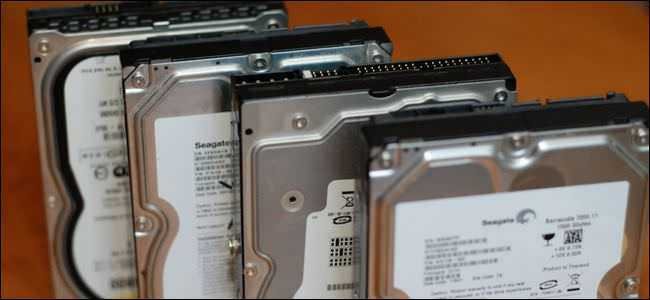
The data is stored on your computer on a storage device. For decades, this purpose has been covered by a hard disk drive (HDD), but modern computers are increasingly incorporating other devices. Such are the SSDs (Solid State Storage), which are compact 2,5-inch devices that look like HDDs.
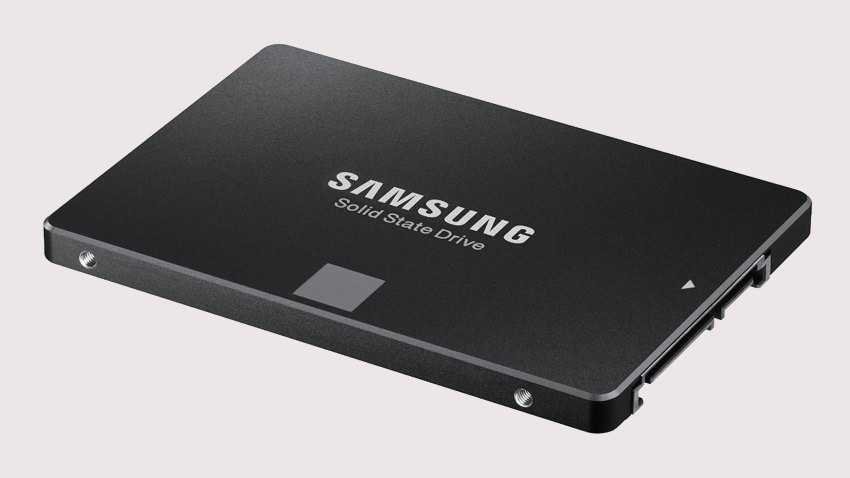
Hard disks and SSDs are located on the front of the computer case and are connected to the motherboard via SATA cables. These units need two cables: one for power and one for data.
Older drives rely on wider ribbon cables, known as PATAs, with an IDE socket for data. They are powered by Molex plugs.
If a hard drive or SSD is damaged or you plan to upgrade to a storage device with a new, larger capacity, you can easily do so. Unplug the appliance and remove either the screws or the locking clips. These are usually on the side and on either side of each disc. You can then replace the SSD or hard drive.
Removable storage unit: DVD or Blu-ray
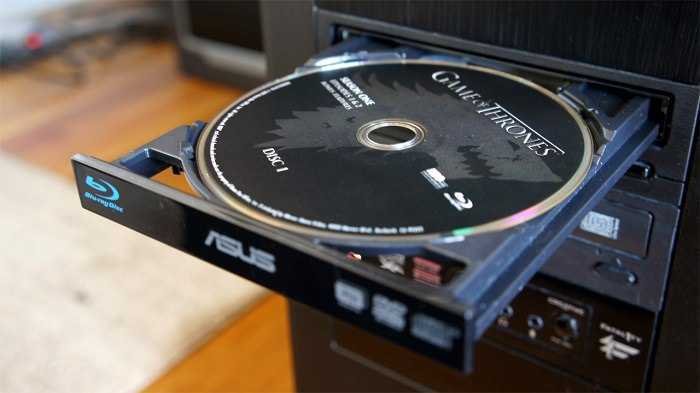
Desktops still have an optical drive on their equipment. It is usually a DVD or Blu-ray drive, with read and write capabilities.
Upgrading an optical drive is simple. Disconnect the cables, unscrew or unlock the unit from your computer case, push it out.
A different removable storage unit is a USB stick or an SD card. Computers often have a card reader and USB ports on the front. Replacing a card reader is simple. Disconnect it and press its back to pull it out.
Cooling fans
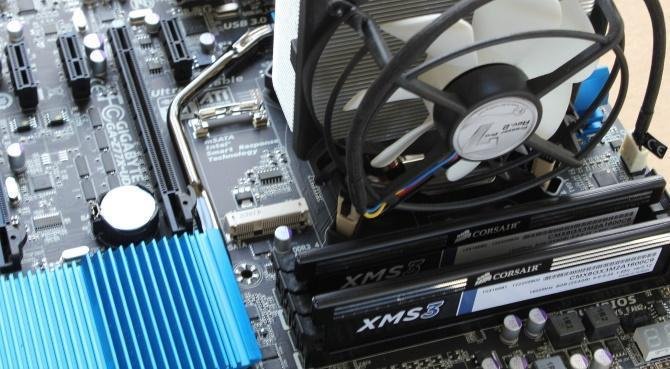
Every computer has fans to eliminate heat and work properly. At least two fans are required: one for the CPU and one for the box.
The purpose of the CPU fan is to keep it cool. Because it heats up too much and can exceed 100 C the CPU fan tries to keep it cool.
And because the heat from the CPU can leave it but will remain inside the computer case the box fan undertakes to eliminate the heat from it and send it to your room.
In most cases there should be a fan at the back of the desktop and additionally on one side or front. Many computer boxes come with built-in fans. If they burn or if you want more cooling they can be installed with stronger fans.
Cooling fans are usually powered by a cable from the power supply and are secured to the case with screws. Many fans have built-in LEDs to brighten up your computer case.
Graphics Card (GPU)
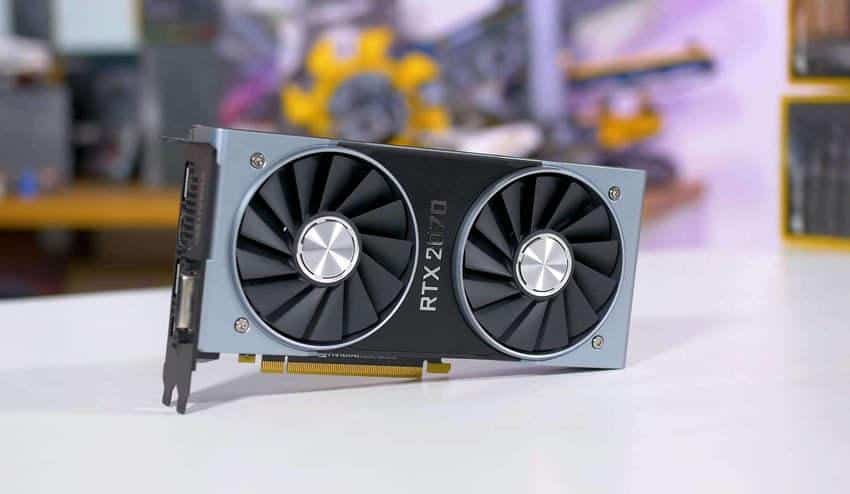
Also known as a Graphic Processing Unit (GPU), it connects your computer to a monitor. While older computers use a VGA port, newer computers use an HDMI port to connect to HD monitors.
In most cases, the monitor is connected to your computer through a port built into the motherboard. However, this is not always the case.
Modern games require better graphics cards. Therefore, gamers, video editors, graphic designers and generally those with screen requirements generally use exclusive graphics cards. And so on the back of the computer there are two places to connect a monitor. That of the motherboard and that of the graphics card (GPU). The graphics card connects to the motherboard with a dedicated PCI-Express (PCIe) connector.
Graphics cards are compatible with compatibility issues such as size specifications, slot, motherboard type, processor speed, and power demand. However, the upgrade is so simple as it requires you to unscrew only one retaining screw and release the clip that secures it to the motherboard. You can easily take it out and put another one in its place.
Sound card
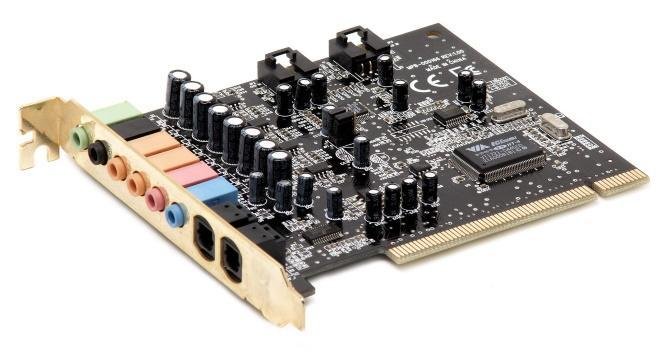
On the back of your computer you will usually find three to five small circular ports. These are against base colored. In some cases, you may also find them on the front of your computer.
These are the audio ports connected to your computer's sound card. Like the graphics card, a sound card is usually built into the motherboard. However, for specialized use, such as game and audio development or audio recording, a special sound card may be used.
Sound cards offer a variety of sound enhancements, including advanced sound processing and Dolby 7.1 surround sound. Like the GPU, the sound card slot is via a PCIe slot on the motherboard (a different slot from the GPU). A new sound card has minimal compatibility issues.
summarizing
These are the basic parts of a computer, You should now be able to identify them, and have an idea of how they can be replaced.
Welcome to the wonderful world of computers.






PERFECT!
Well done, we want more articles like this. Simple and understandable!